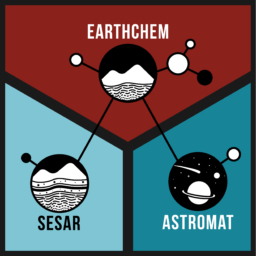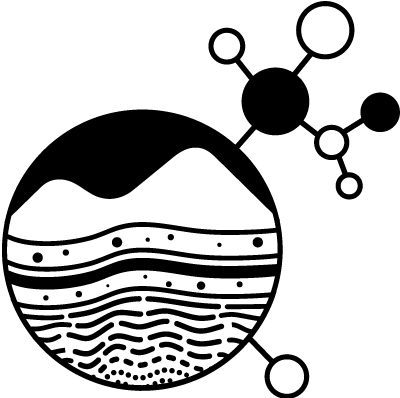About SESAR²
Samples are a critical element of research in many science domains, especially in Earth, Environmental, and Planetary sciences. They represent highly valuable, often irreplaceable records of nature and carry enormous potential for future discoveries.
SESAR² helps to make samples more discoverable, accessible, and reusable, and connects them with the knowledge ecosystem derived from them. SESAR² supports the open sharing, preservation, and integration of sample metadata across the Earth, Environmental, and Planetary community, and ensures the globally unique and persistent identification of samples. SESAR² achieves this by acting as an Allocating Agent of the IGSN system to allow unambiguous referencing of samples to the data and publications generated by their study, and to the people and institutions, who collect, curate, fund and study them.
SESAR² is funded by the US National Science Foundation.
Principles
The design of SESAR² and its operation are guided by the following principles:
- Broad application: The system should be designed in a way that it allows the broadest application to any type of Geoscience sample as requested or required. Priority should be placed on samples collected now and in the future, but the system should accommodate legacy samples.
- Global scope: Identifiers should be unique on a global scale because samples and sample-based data are shared globally.
- Easy implementation: The benefits to personal and institutional sample organization and data management should be maximized, and the burden minimized, in order to maximize community buy-in and appreciation. This requires development of easy and convenient sample registration procedures, including the preservation of personal sample names.
- Sustainability: The system needs to be maintained and operated in a professional IT environment that offers the highest level of data management standards, including access security, disaster recovery backups and procedures to ensure uninterrupted access, continuous maintenance, and long-term sustainability.
- Maximum utility: The system should provide valuable services to the community, and new opportunities for scientific advances that do not currently exist, which would maximize its utility and encourage its use and acceptance, and lead to appreciation of its value. Possibilities include the use of SESAR² as a global sample catalog, or for management of personal or institutional sample collections.
- “Science is the driver”: The primary driver for its design and implementation should be the advancement of science.
- Community involvement: SESAR² should serve the community, therefore the broad science community needs to be involved in the design, implementation, and operation of the system.
SESAR²² is part of an ecosystem of related resources

EarthChem
Community driven preservation, discovery, access, and visualization of geochemical, geochronological, and petrological data
The Astromaterials Data Systems
Access, mine, and submit analytical astromaterials data

